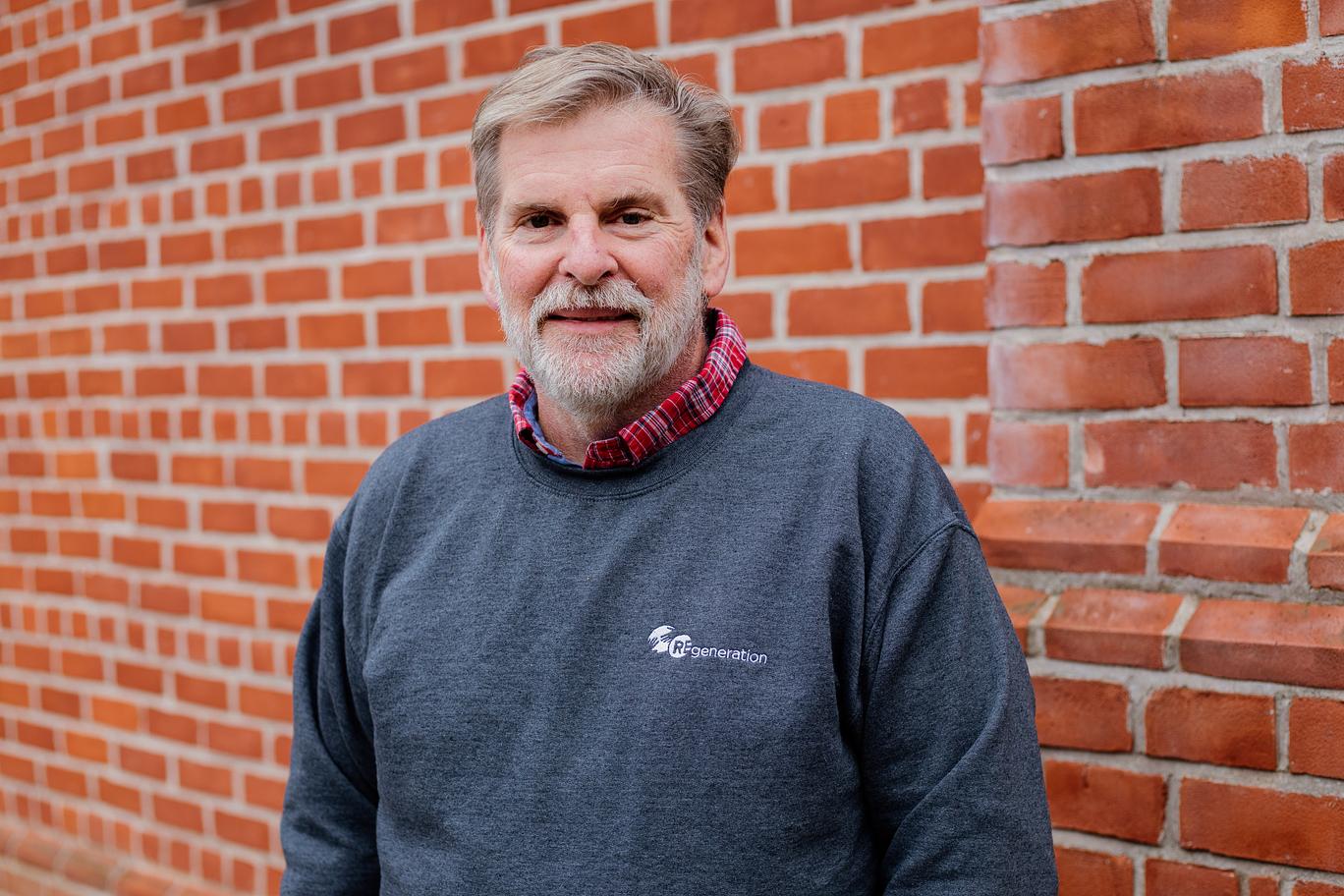What is Poverty?
Poverty is defined by the United Nations as the inability to fulfill basic needs like food, healthcare, education, and access to water and sanitation. By that definition, around 10% of the world lives in extreme poverty.
In Canada, that number is around 9%, although it is higher for certain groups like single mothers and aboriginals. And while 60% of people experience poverty temporarily, much of the other 40% are often stuck in a cycle of poverty, experiencing homelessness and other issues for years.
What Causes Poverty?
There isn’t one sole cause of poverty. For many, it’s a combination of the causes below that can cause temporary poverty to become cyclical.
Disabilities
People living with a physical or mental disability are twice as likely to struggle with poverty or homelessness. This link has been well-documented and it’s estimated that 45% of homeless Canadians are either disabled or struggling with a mental illness.
People experiencing homelessness are also more likely to have a learning disability. 16% of homeless people have a learning disability, compared to only 2% of the general population. A disability can make it harder for people to find long-term employment and apply for assistance, further increasing their chance of living in poverty or experiencing homelessness.
Long-Term Employment Issues
Disabilities are closely linked with employment issues, which are of course linked with poverty. The Canadian Labour Congress argues that while some disabilities prevent certain people from working, many people with disabilities can work but can’t find jobs due to discrimination and other barriers.
Less than 3 out of 10 businesses hire people with disabilities, despite one study finding that employees with disabilities meet or exceed expectations 75% of the time. It can be difficult for those experiencing poverty or homelessness to find a job for a number of other reasons in addition to disabilities. Often, they don’t have access to a phone or have a permanent address, or have gaps in their employment history.
Many also don’t have work-appropriate attire or reliable transportation. If they are living at a shelter, the hours of the job may conflict with the time of shelter’s curfew or meal programs. All these barriers can make it difficult or impossible for someone to find a job and lift themselves out of poverty.
Difficulty Accessing Assistance
For those who have difficulty accessing a job, assistance or benefits programs may be their best chance of escaping poverty. However, the system for applying and receiving benefits can be difficult to navigate, especially for those with a disability or those experiencing homelessness.
It can be difficult for the average person to fill out a government form, let alone someone with a learning or intellectual disability. It can also be difficult for homeless people to complete the forms and follow-up properly, as they have no permanent address and often no phone number. One study in Ontario found that 70% of homeless people were unable to even get an application without assistance.
For those who can complete the forms, wait times can be up to 2 years long for people who desperately need immediate assistance. Many argue that assistance programs have failed to keep up with the cost of living and those who do qualify to receive assistance still don’t have enough to survive.
Limited Affordable Housing
It’s no secret that the cost of living is on the rise, which can make affordable housing difficult to find, especially for people with disabilities. Housing is considered affordable when a person or household spends less than 30% of their pre-tax income on shelter.
Over 27% of Canadians don’t have access to affordable housing, and that number is even higher for people with disabilities. People with disabilities often spend more than 50% of their pre-tax income on housing, 20% higher than what is considered affordable.
How Poverty Becomes Cyclical
Most low-income Canadians are poor for a short period of time, with most struggling for a year or less. The number of Canadians living in persistent or cyclical poverty is decreasing, but many Canadians still remain trapped in the poverty cycle.
32% of people experiencing homelessness in the Peel Region are experiencing chronic homelessness. Disability, employment issues, difficulty accessing assistance, and limited affordable housing can all contribute to poverty and one another.
Someone with a disability may have difficulty finding a job, further worsening poverty. Similarly, someone experiencing homelessness may have difficulty applying for assistance, preventing them from getting the help they need.
Once the cycle of poverty has begun, it’s likely to continue without outside intervention. We all understand that poverty is a problem, but with a better understanding of the causes, we can be better equipped to make a meaningful difference.




